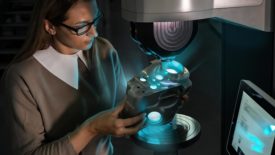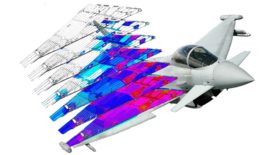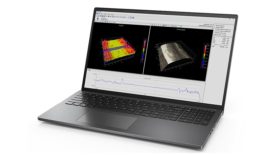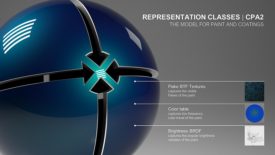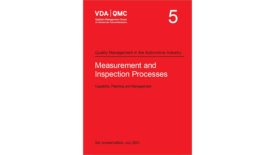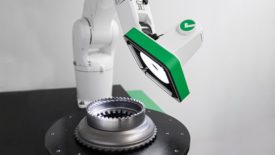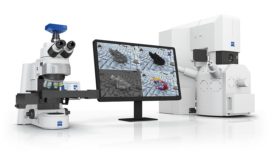Featured on Home Page
Test & Inspection
The right hardness test method depends on the material being tested and the specific requirements of the application. Understanding the differences among the available options helps determine which method will give you the best results.
Read More
Test & Inspection
Phased array ultrasonic testing (PAUT)
Phased array ultrasonic inspection has become an indispensable tool in the aerospace industry, contributing to the safety and reliability of aircraft components.
December 31, 2023
Software
Software helps see inside a lights out process
Remote oversight supports processes that cannot by nature be closed loop controlled.
December 31, 2023
Measurement
The Crucial Role of Support and Service while Investing in Multi-Sensor Metrology Equipment
In today’s fast-paced industrial environment, the right support and service can make all the difference between a successful investment and a costly disappointment.
December 29, 2023
Measurement
Why Digital Workflows Require More Than Digital Color
If you only digitize color using spectral data, you are missing valuable data required for the digital design and visualization workflow.
December 29, 2023
Measurement
The new VDA Volume 5 – Obligation and Opportunity
Too much measurement uncertainty leads to incorrect conformity decisions, incorrect assessment of machines and production processes, poorer process quality and thus, increased production and testing effort.
December 29, 2023
Software
AI and Automation Technologies Converge to Simplify Automated Visual Inspection
Machine vision, AI, robotics, and intelligent inspection planning technologies working in synergy help democratize industrial automation systems.
December 29, 2023
Management
Results in for the 23rd Annual Quality Spending Survey
The status of spending
December 28, 2023
Software & Analysis
Next Steps for Digitalized Quality on the Frontline
Manufacturers looking at replacing paper-based quality processes are being presented with a much broader and more effective set of technologies than ever before.
December 28, 2023
Software & Analysis
Overcoming Quality Challenges Using AI-Powered Connected Microscopy
Integration of the latest artificial intelligence technologies enable even deeper insights.
December 28, 2023
Stay in the know with Quality’s comprehensive coverage of
the manufacturing and metrology industries.
eNewsletter | Website | eMagazine
JOIN TODAY!Copyright ©2024. All Rights Reserved BNP Media.
Design, CMS, Hosting & Web Development :: ePublishing
